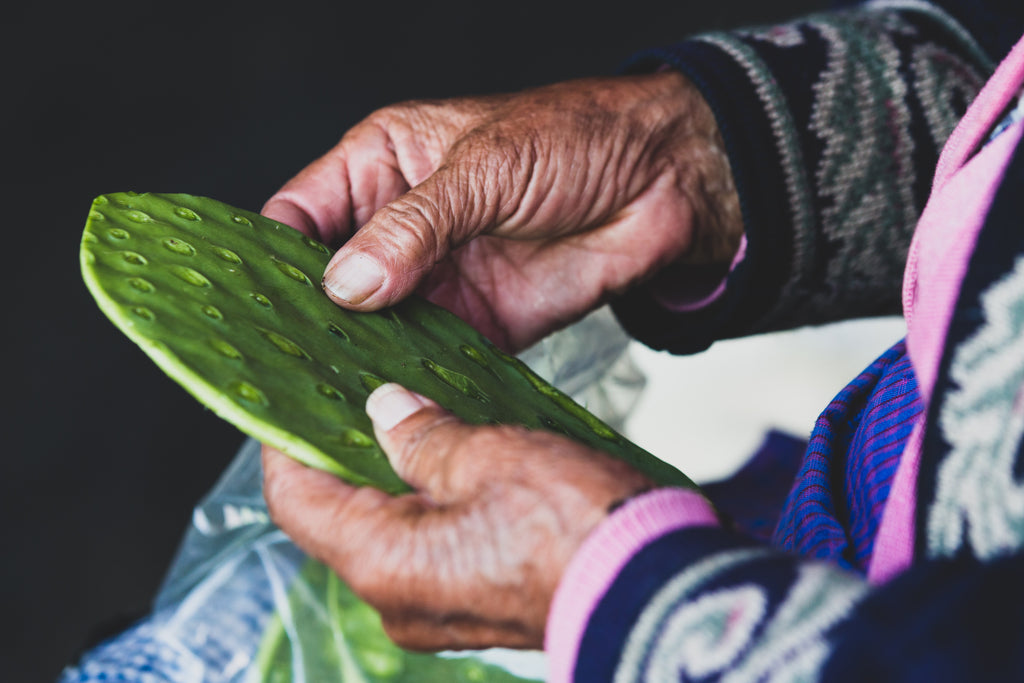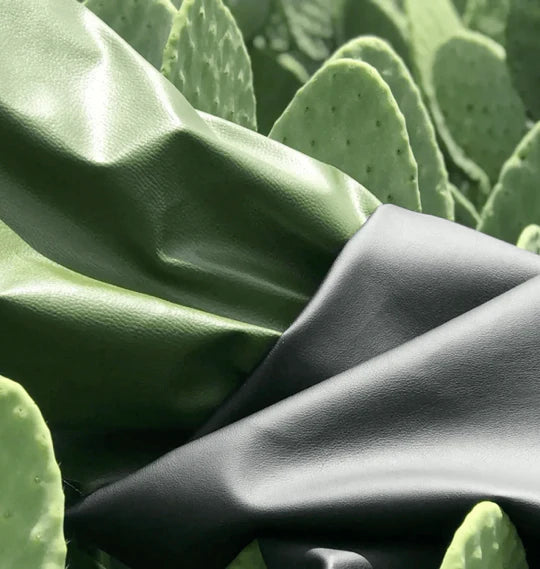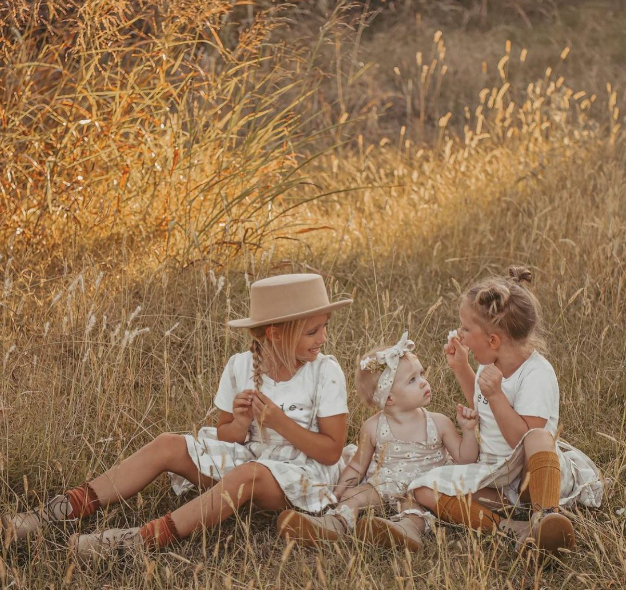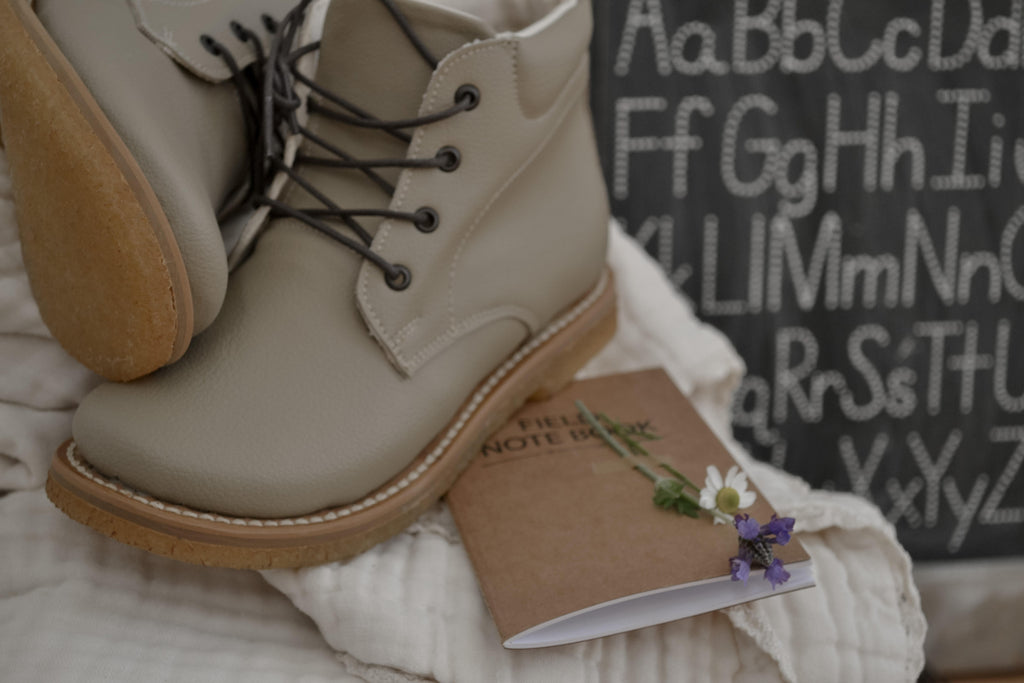The vast deserts, with their raw beauty and resilient ecosystems, harbor tales of survival and adaptation. Amid the golden sands and the fierce sun stands the cactus, a symbol of endurance and strength. But little did we know, this prickly survivor would become the protagonist in the fashion industry's quest for sustainable innovation. Today, we journey through the transformation of the cactus plant from a desert dweller to a star on the runway, as it morphs into a chic boot on your foot.
The Humble Beginnings
Our story begins in the arid terrains of Mexico, where the Nopal cactus, commonly known as the Prickly Pear, flourishes. For centuries, this plant has been revered by locals for its many uses, from culinary delights to medicinal remedies. But its destiny was set to change with the dawn of sustainable fashion.
Harvesting the Gold
The transformation from cactus to leather alternative begins with a careful harvest. Mature leaves are selected, ensuring the plant's core remains intact, allowing for future growth. This sustainable harvesting method ensures the cactus population remains unharmed, promoting a balanced ecosystem.
Once harvested, the leaves are cleaned, mashed, and then sun-dried, utilizing natural energy and reducing the carbon footprint. What's left are raw fibers, ready to undergo their metamorphosis.
The Crafting Process
As the sun-dried cactus fibers make their way from the desert to the production facility, they embark on the next phase of their journey. Here, the fibers are processed into a fine pulp, which is then turned into sheets. These sheets resemble the familiar texture of traditional leather but wait – the transformation isn't complete yet!
These sheets undergo a natural dyeing process. Using eco-friendly dyes derived from sustainable sources, the cactus leather is tinted into a spectrum of colors, ensuring there's a hue for every fashionista out there.
The Birth of a Boot
As the dyed cactus leather rolls out, designers and artisans collaborate, sketching and crafting. The once sun-bathed cactus leaf, now a vibrant sheet of leather, is meticulously shaped, sewn, and detailed. Voilà! What stands before us is not just a boot, but a testament to innovation and eco-consciousness.
Why the Cactus Boot Stands Out
It's not just the aesthetics or the soft texture that makes the cactus boot special. Every step in its creation is steeped in sustainability. The minimal water consumption, the absence of toxic chemicals, and the cruelty-free nature of its production make the cactus boot a beacon for ethical fashion.
Moreover, the cactus boot is not a mere alternative – it’s a statement. It tells a story of the balance between fashion and nature, highlighting the possibilities when the two merge.
In Conclusion
The journey of the cactus from the arid deserts of Mexico to becoming a stylish boot on our feet is nothing short of magical. It’s a narrative of innovation, commitment, and the unyielding spirit of both nature and mankind. As we slip our feet into these boots, we aren't just wearing a piece of fashion; we're wearing a tale of the desert, an emblem of sustainability, and a promise of a greener tomorrow. So, the next time you stride out in your cactus boots, remember – you’re treading a path paved by visionaries, dreamers, and one resilient desert dweller.




